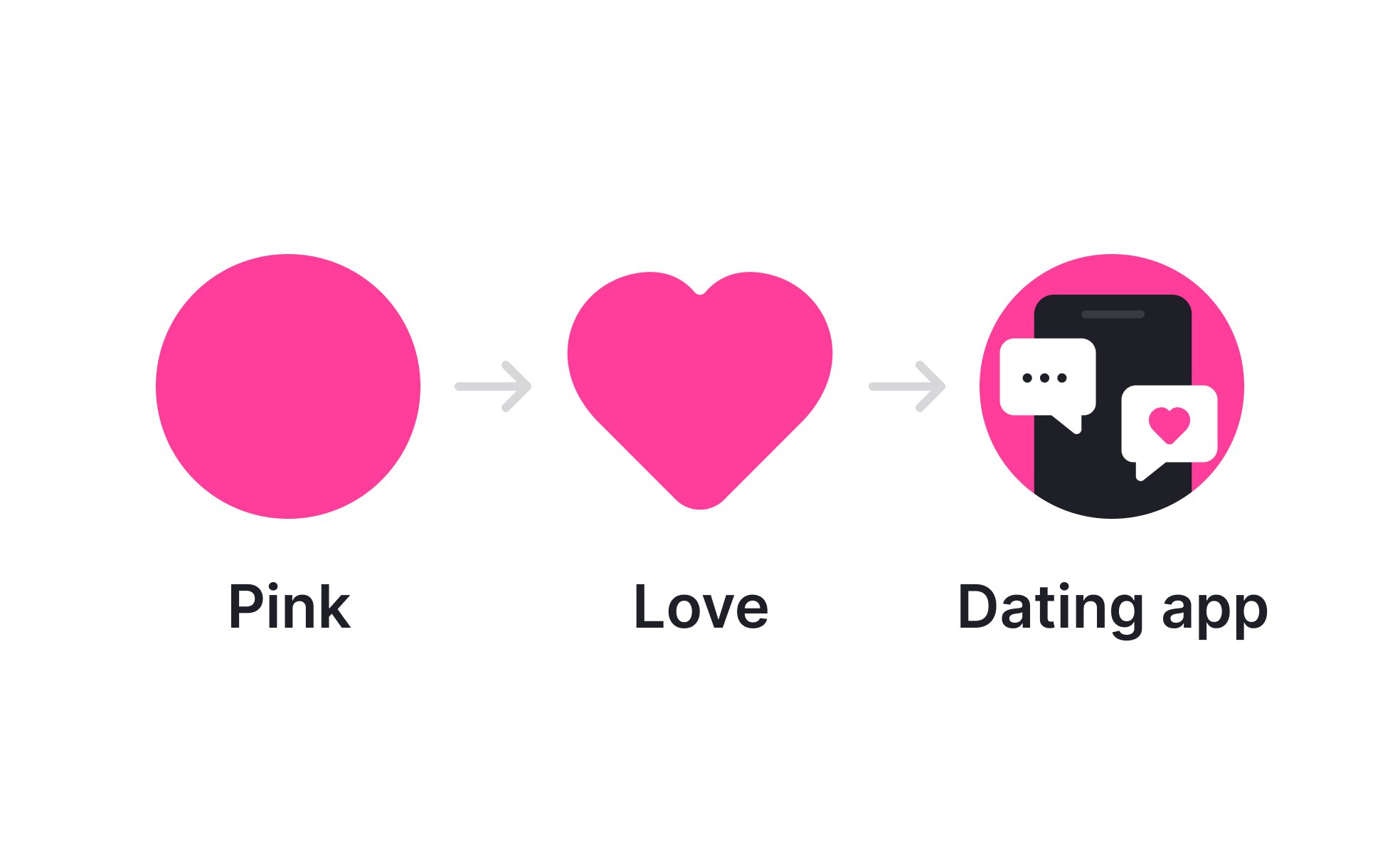Priming
Priming is a psychological design technique where subtle cues influence user decisions, shaping perception and behavior without overt direction.

TL;DR
- Subtle cues guide user perception.
- Influences decisions and behavior.
- Applied in design, marketing, and UX.
- Enhances clarity, nudges action, reduces friction.
Definition
Priming is the use of subconscious or subtle stimuli in design and communication that prepares users to think, feel, or act in a certain way, influencing their choices and behavior.
Detailed Overview
Priming is grounded in cognitive psychology and has become a common tool in design and product strategy. By presenting subtle cues, designers and marketers can influence how users interpret information and make decisions. This effect works because human brains rely on associations and past experiences to guide interpretation.
A frequent question is how priming works in user interfaces. Simple changes like wording, color, or iconography can guide interpretation. For example, labeling a button “Get started now” may encourage faster engagement than a neutral “Submit.” Similarly, showing an image of healthy food before presenting dietary choices can influence selections.
Another query concerns ethical use. Priming can be helpful when used transparently, such as encouraging healthier behavior or reducing friction in task flows. But when used manipulatively, it can undermine trust. For example, priming users to make unnecessary purchases crosses ethical boundaries.
Teams also ask about priming in marketing. Advertisements often use priming through imagery, slogans, or repetition to shape associations. A campaign that repeatedly shows families enjoying a product primes audiences to connect the brand with togetherness and happiness.
Priming also plays a role in onboarding and learning. For example, introductory screens that emphasize benefits prepare users to value upcoming features. This helps them approach tasks with a mindset that increases engagement and satisfaction.
Finally, priming is most effective when subtle and consistent. Overt manipulation can backfire, while subtle cues integrated into design flows often feel natural. Successful priming enhances usability, reduces hesitation, and supports smoother decision-making.
Learn more about this in the Use Permission Priming Exercise, taken from the Basics of Mobile Onboarding Lesson, a part of the Mobile Design Course.
Designers use priming through labels, visuals, or layout cues that influence behavior. For example, a highlighted button labeled “Continue” subtly nudges progression without explicit instruction.
These cues support efficiency and encourage the desired action.
Priming is ethical when it clarifies, educates, or reduces effort. Using it to manipulate or mislead damages trust and user satisfaction. Transparency and user benefit are key.
Responsible design ensures priming supports outcomes that align with user needs.
Marketing campaigns often use repetition, imagery, or slogans to create associations. A brand that repeatedly shows smiling customers primes audiences to link products with positivity.
This technique supports brand recognition but must align with authentic value.
Yes. Onboarding flows that highlight key benefits prepare users to see features as valuable. By priming expectations, companies increase adoption and reduce drop-off rates.
This makes priming an effective tool for guiding early impressions.
Priming works best when subtle and consistent. Cues should feel natural and supportive rather than manipulative. Excessive or obvious priming can undermine trust.
Successful priming enhances user confidence and decision-making without forcing behavior.
Recommended resources
Courses

Color Psychology

UX Writing

UX Research
Lessons

Theory of Design Principles

Usage of Design Principles








